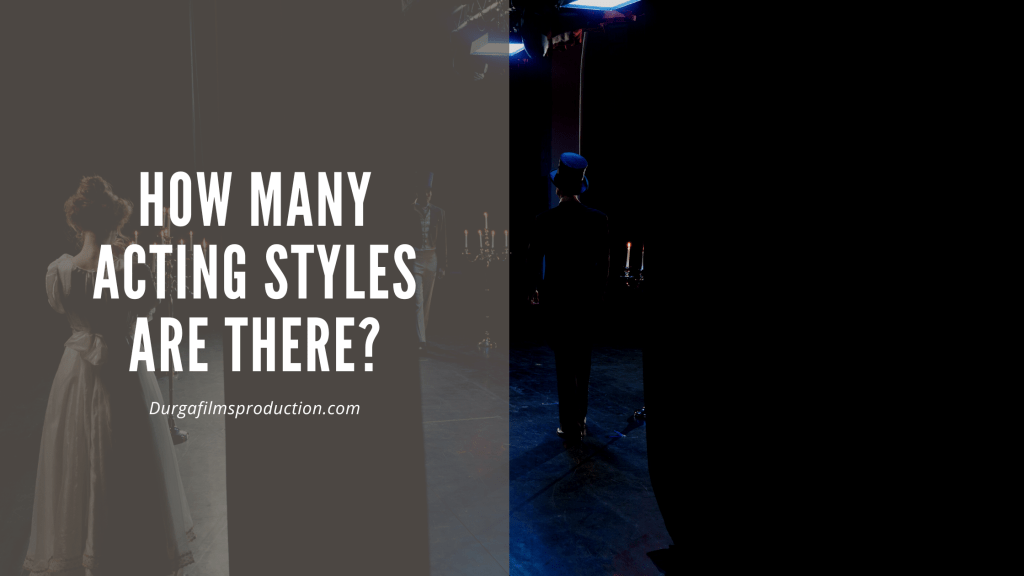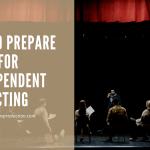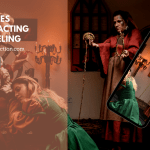As we have already discussed acting in previous blogs, such as how to improve acting mistakes, emotions, senses, diction, and how to prepare for acting, today we will discuss types of acting. There are many different types of acting in Bollywood .Many actors have had little to no official training, but the methods described in this article can help you hone your skills so that you not only perform better in auditions but also appear more impressive to casting directors via your theatrical resume because they value formal training. So without further ado, let’s jump right in.
ACTING QUALITY

- Classical Acting: Classical acting was created before the invention of film, emphasising extremely theatrical gestures, exaggerated actions, and slower, more deliberate speech to ensure that everyone in the theatre, even those in the very back, could hear and see. Little to no ad lib or improvisation is taught because it usually sticks to the words and movements exactly as they are stated in the script. The fact that classical acting is rarely taught for movie acting is due to the fact that many contemporary acting teachers think it’s a little over the top. It is largely utilised as a first-step training technique to assist aspiring actors in discovering who they are, how they move, and what parts of their body they are comfortable with.
- Chekhov Acting Technique: The psycho-physical approach of the Chekhov Method entails fusing one’s internal impulses and sentiments with one’s outward gestures and actions.
The performer must physically present the character’s interior condition through motions and facial expressions on the outside. Then, in order to avoid appearing “too big” or theatrical, these exterior movements must be delicately veiled.
- Stanislavski‘s System (AKA “Modern Acting”): The development of film had a significant influence on Stanislavski’s methods of teaching. He thought their performances appeared too big and over the top when he saw how his classically trained actors appeared on TV. Stanislavski’s system is the result of his decision to modify his strategy. In order to better access their subconscious minds and provide more natural performances in theatre and film, Stanislavski’s System instructs performers on how to combine classical and improvisational techniques. Foreseeing new media would emerge, Stanislavski foresaw, necessitating the need for new approaches and techniques. Create your own method; don’t rely solely on mine because he realised there could be no “one size fits all” strategy.
- Method Acting—The fact that Method Acting is so divisive may be the reason it is one of the most well-known acting methods in movies. Lee Strasberg, Robert Lewis, Stella Adler, and Sanford Meisner were all major influences on Lee Strasberg as he created it. Using personal recollections to evoke real emotions is a technique used by actors to fully bring a character to life. Before the performance, some method actors even spend a few weeks living in character and don’t break character until the play is finished. Method actors thoroughly engross themselves in the minds of the characters they are playing by thinking as the character would think, behaving as they would, and feeling as they would. This allows them to live the life of the character not only physically but also emotionally and cognitively. The screen is where Method Acting works best since it is so realistic and can make even the smallest movements, like raising an eyebrow, visible to everyone.
- In the early 1950s, Viola Spolin popularised her theatre acting method in Chicago.She was well-known for creating theatre games that allowed performers to use improvisation and make on-the-spot decisions to create unique and interesting performances.
She was the first acting instructor to teach actors to connect with the audience, advising her students that this interaction was necessary to create magic on stage. The improvisation and spontaneity that resulted from her method frequently made no two performances ever the same.
TO CONCLUDE
The ultimate purpose of any dramatic performance is to present a story that will keep viewers interested, entertained, and engaged.
Excellent acting demands memorization, comprehension of the scene’s context, knowledge of your marks, taking direction, and performing in such a way that the audience loses itself in the narrative and pays no attention to your acting.
Great acting is necessary for being an integral part of the plot. The opposite of what you should do is try to stand out, since a fantastic story is all about the story, not about you.


